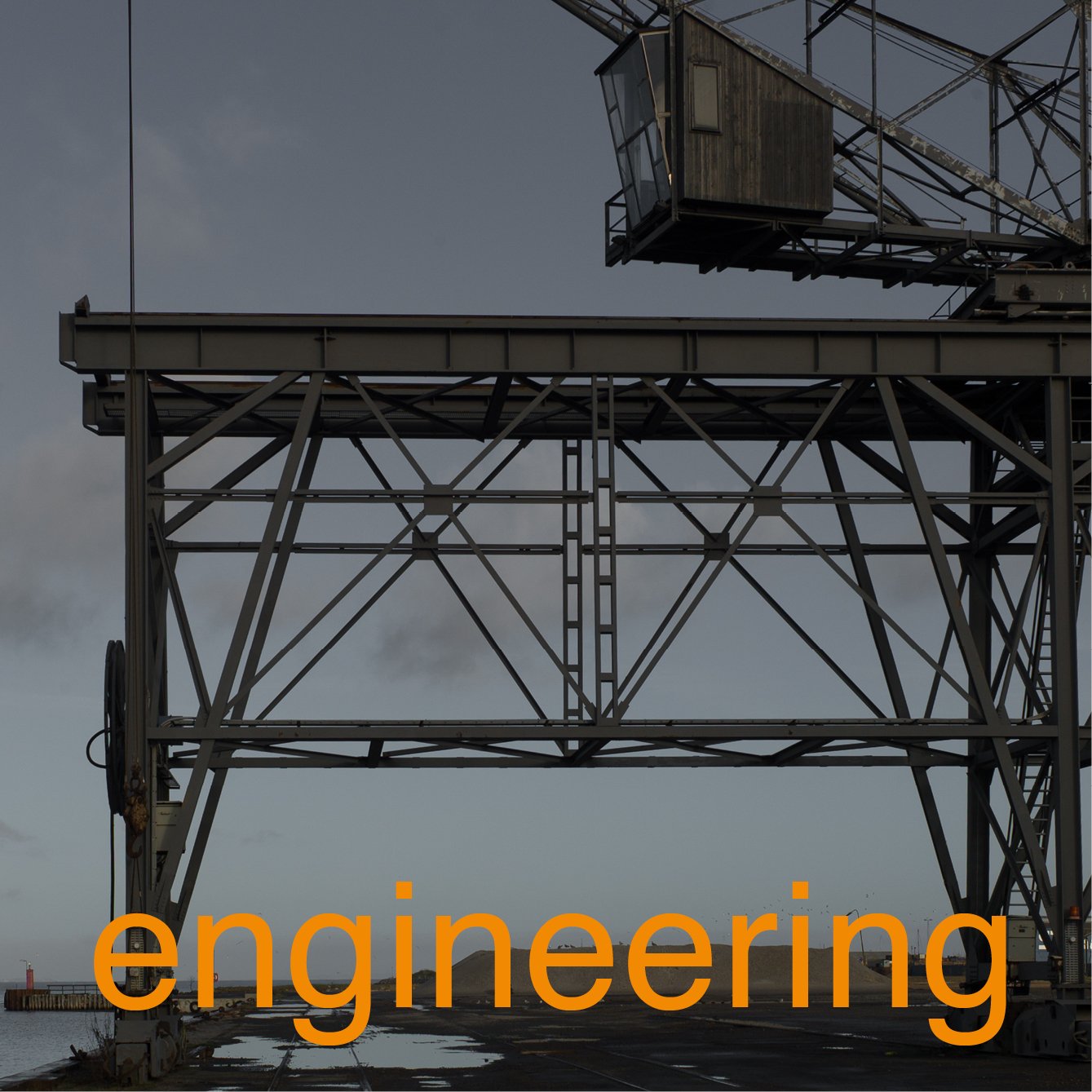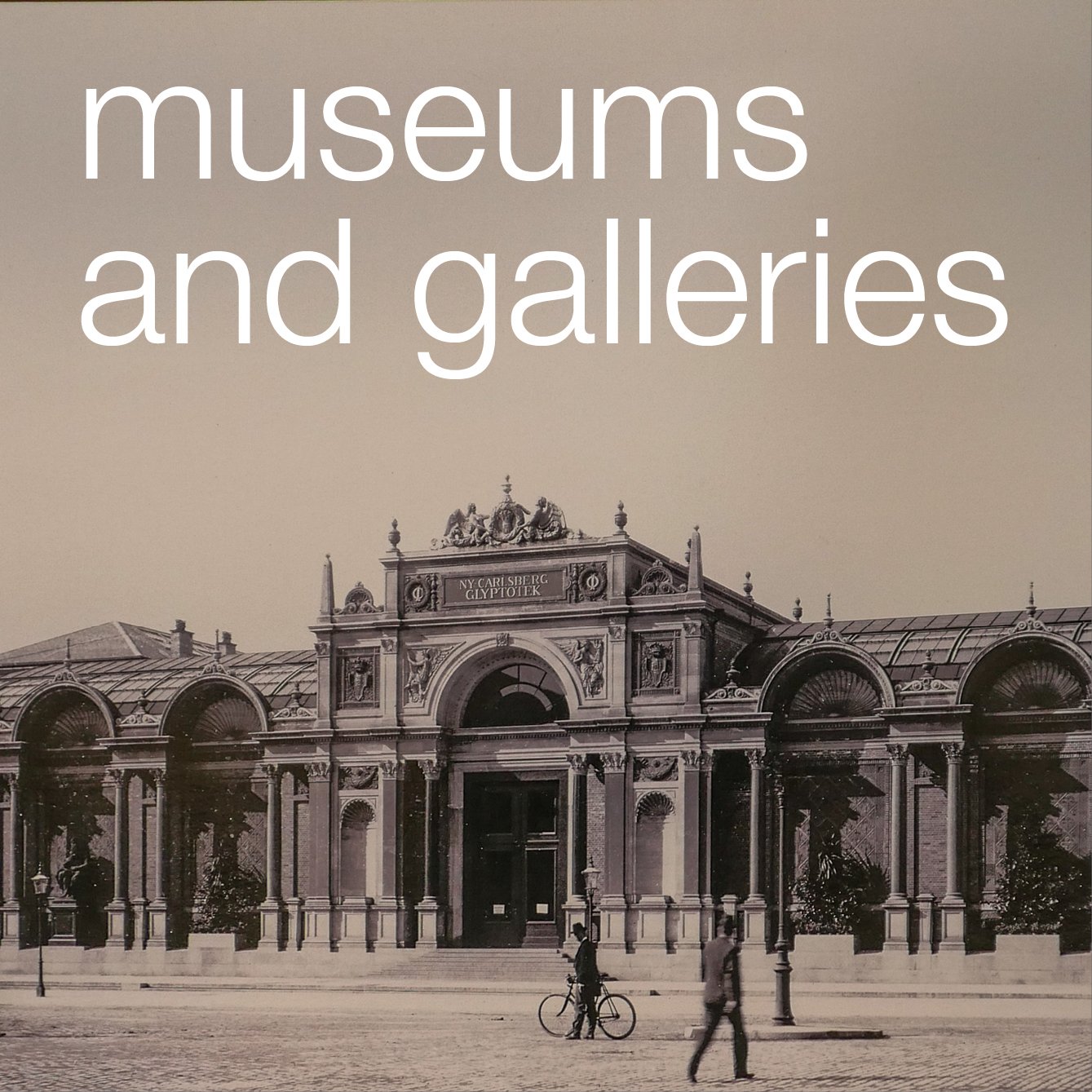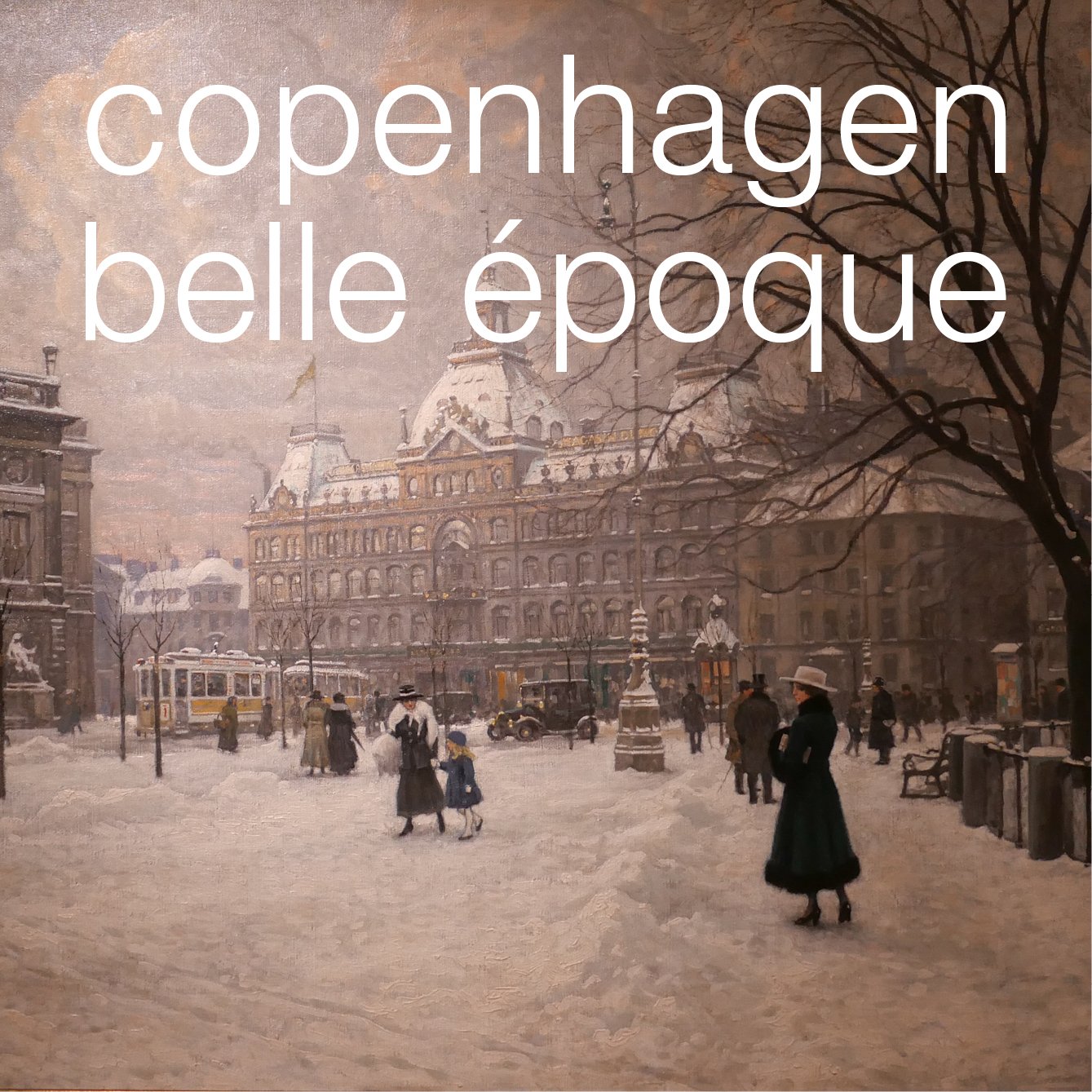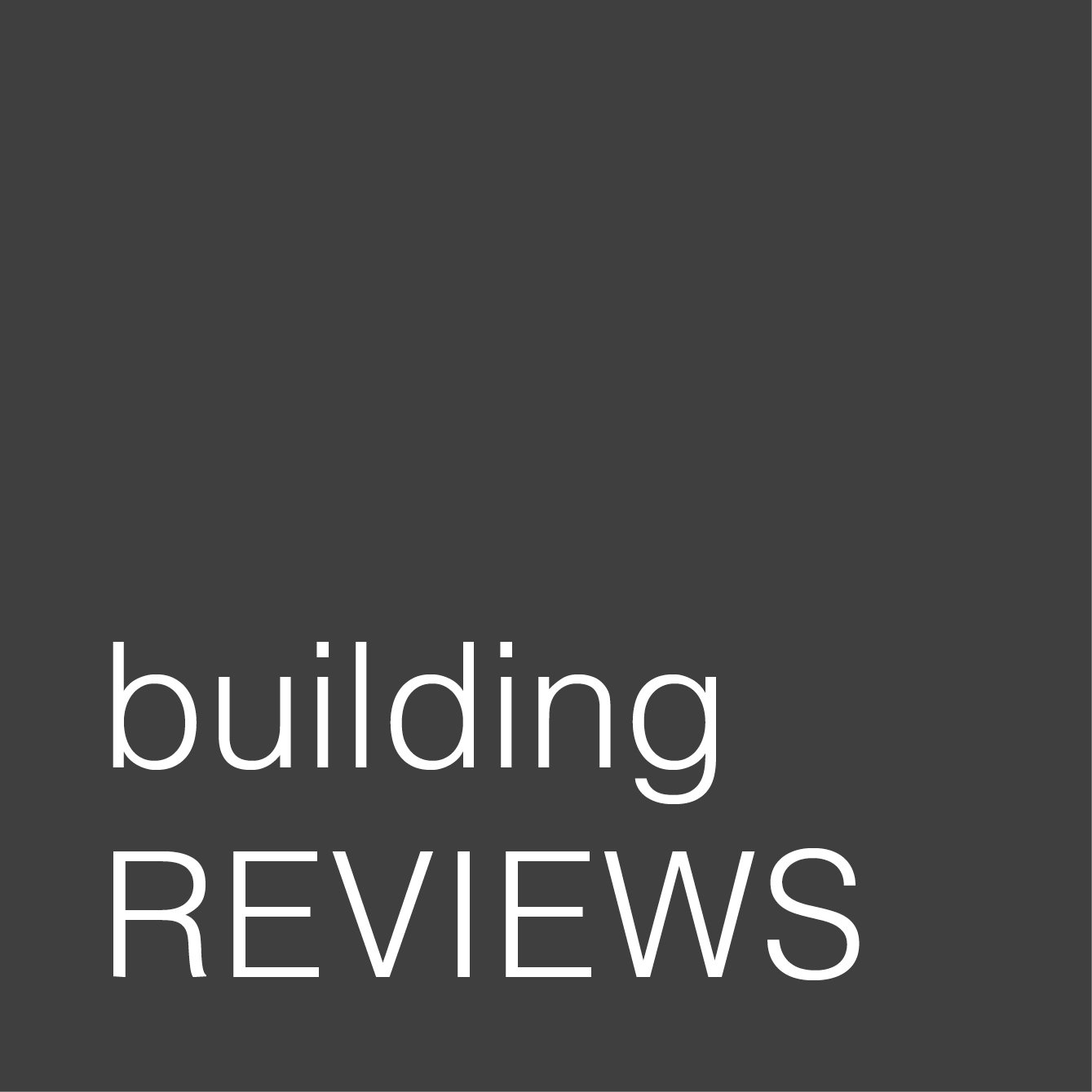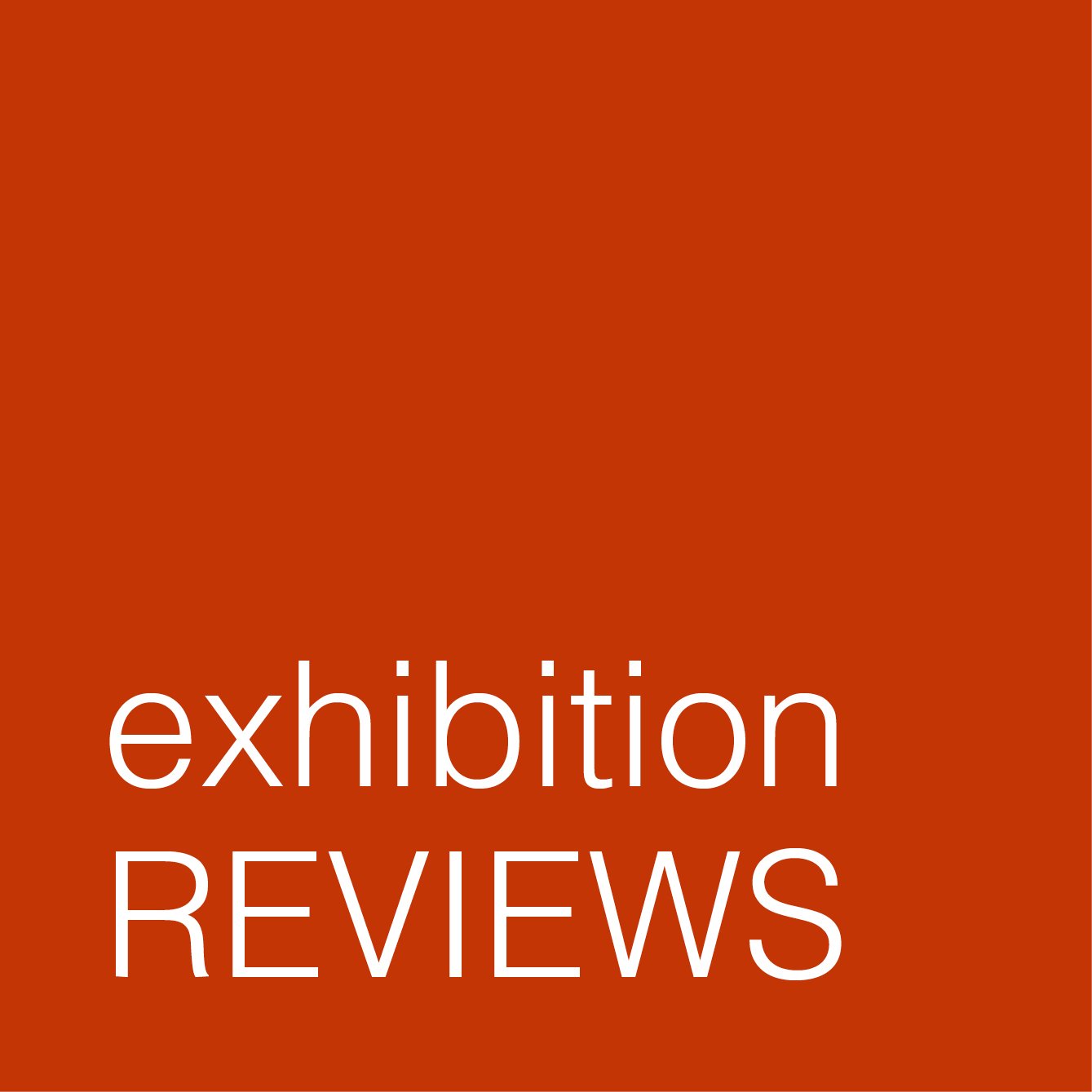testing alternatives
/At an early stage in a building project, a trial section of wall can be constructed on the site to get a clear sense of the colour of the main material in the actual location and it is also a chance to judge the effect of different colours or different textures of mortar which can have much more of an impact than many people would expect … dark mortar tends to act rather like the black leading in a stained glass window by making the colours of the main material, stone or brick, darker and will certainly emphasise any pattern in the bonding.
The appearance and the character of a facade will be modified by the light as it changes through the day and materials will certainly look very different from their appearance in the studio or even as seen on an another building. And colours and textures look different if they are in shadow, on a side away from the sun, or face towards the sun and are brightly lit and architectural details can look very different in bright light reflected up off water… bright light can make even strongly-projecting features look thin or flat or bleached out.
ATP Pakhus by Lundgaard and Tranberg on the Langelinie Quay in Copenhagen has just been completed but trial sections of wall were built at the construction site on the quay. Clearly two very different colours of brick were considered. Perhaps the deep orange brick was chosen rather than the very dark brown because a heavier tone, for such a large building, could have looked oppressive. It is interesting to compare the brickwork on the finished building with the appearance of the historic brick warehouses along the inner harbour and in Christianshavn.


